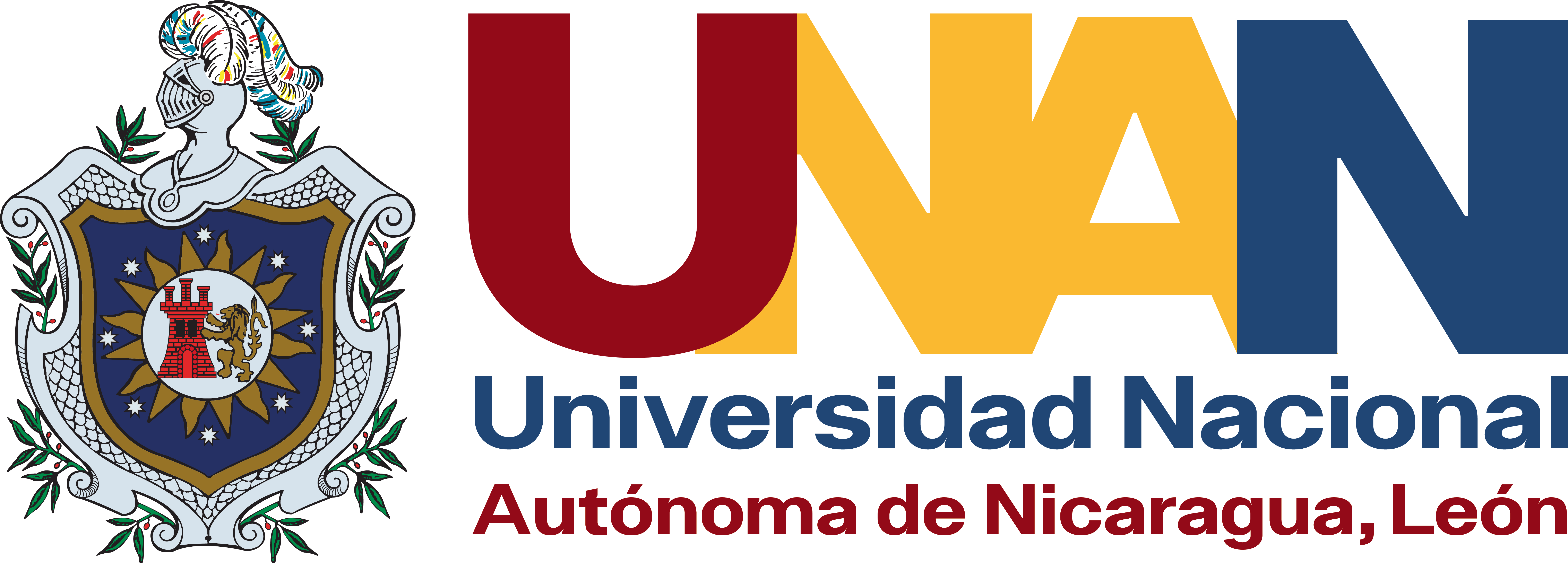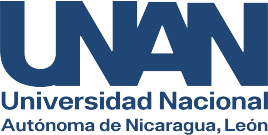The phenomenon of rural migration and its repercussions in the caloric consumption of the population in el salvador
DOI:
https://doi.org/10.5377/universitas.v6i2.13862Keywords:
Remittances, Rural, MigrationAbstract
Remittances have come to occupy the first place, if exports are divided into items. Specifically, they are more important than coffee exports and exports of manufactures, which have traditionally been the most relevant (Funes, 2003). The Regional Food and Nutritional Security Program for Central America (PRESANCA II) and the Regional Program of Information Systems on Food and Nutrition Security (PRESISAN) carried out a Characterization of Food and Nutritional Security (SAN) in March 2014 in selected communities of three border municipalities of Guatemala, El Salvador and Honduras. This study constitutes an extract of the characterization of SAN for the analysis of "The phenomenon of rural migration and its repercussions on the consumption of food energy of the population in El Salvador” emphasized in the rural community of San Ramón Centro, Municipality of Citalá in Chalatenango, which is characterized by its high migration. It is presented with the objective of determining the association between the reception of remittances and the alteration of the diet of the receiving families, which could give rise to the improvement or not of the SAN of the families studied. The The results obtained showed the effect of altering the families' diet, showing a difference in the 16% increase in energy consumed by families that received remittances; Although no percentage differences were observed of the energy intake of macronutrients according to receipt of remittances, it was possible to identify that the distribution of itself was inadequate.
Downloads
References
Ardón-Castellanos, M. A. (2014). Relación del estado nutricional de madres con el estado nutricional de niños y niñas me nores de cinco años de las comunidades rurales Sitios Centinela de Seguridad Alimentaria y Nutricional (SICESAN) de municipios fronterizos de El Salvador, Guatemala y Honduras, 2014. PRESANCA II - PRESISAN. San Salvador, El Salvador.
Armiño, J. R. (2000). Malnutrición y métodos de evaluación nutricional. Barcelona: Ed. Icaria.
Centro de Estudios Monetarios Latinoamericanos. (2009). Remesas Internacionales en El Salvador.
Corona, M. Á. (2013). Las remesas y el bienestar en las familias de migrantes. México: Perfiles Latinoamericanos.https://doi.org/10.18504/pl2243-185-2014
FAO. (1994). EdibleFats and Oils. Roma: FAO.
FAO. (2002). Nutrición Humana en el mundo en Desarrollo. Roma.
Funes, O. F. (2003). Las migraciones internacionales y sus efectos económicos en El Salvador. San Salvador: California Center forPopulationResearch.
Gobierno de El Salvador, CONASAN. (2011). Política Nacional de Seguridad Alimentaria y Nutricional. San Salvador.
Luzardo, M. L. (2009). Las dietas hiperproteicas y sus consecuencias metabólicas. Venezuela: Fundación Bengoa.
Mahan, L. K., Escott-Stump, S., & Raymond, J. L. (2002). Nutrición y dietoterapia de Krause. México: McGraw-Hill.
Mancomunidad Trinacional Transfronteriza Rio Lempa. (2013). Política Pública Local Transfronteriza para la Seguridad Alimentaria y Nutricional "Hambre Cero". Honduras.
Menchú M. Torún, B. E. (2012). Recomendaciones Dietéticas Diarias. Guatemala: INCAP.
Menchú M., T. B. (2012). Recomendaciones Dietéticas Diarias del INCAP, segunda edición. Guatemala.
INCAP. OMS. (2006). WHO Child Growth Standards: Methods and development. Geneva.
PNUD. (2006). Las migraciones y el nuevo nosotros. San Salvador: PNUD.
PRESANCAII -PRESISAN. (2014). Caracterización de las Condiciones de Seguridad Alimentaria y Nutricional de la población del Caserío San Ramón Centro, Municipio de Citalá en el Departamento de Chalatenango, El Salvador, 2014. Guatemala.
Downloads
Published
How to Cite
Issue
Section
License
Copyright (c) 2015 National Autonomous University of Nicaragua, Leòn

This work is licensed under a Creative Commons Attribution-NonCommercial-ShareAlike 4.0 International License.
Copyright © 2025 Universitas (León), Revista Cientifíca de la UNAN-León. Academic Direction. Research Department. Publication and Scientific Event Unit.










